Tamron 35-150 mm f/2-2.8 Di III VXD
5. Chromatic and spherical aberration
Chromatic aberration
The optical construction of the Tamron 35-150 mm f/2-2.8 Di III VXD features as many as four elements made of low dispersion glass. Two of them are among three big elements at the front of the lens. It allows us to think that Tamron optics specialists took proper care of reducing both variants of chromatic aberration.Indeed these efforts are fruitful because longitudinal chromatic aberration is low. In photos below only after a closer look you can find slight yellow colouring of images situated far away from the focal point and a delicate blue hue of these parts of images that are distinctly before the depth of field plane. The effect remains very slight and it allows us to assess the performance of the lens positively.
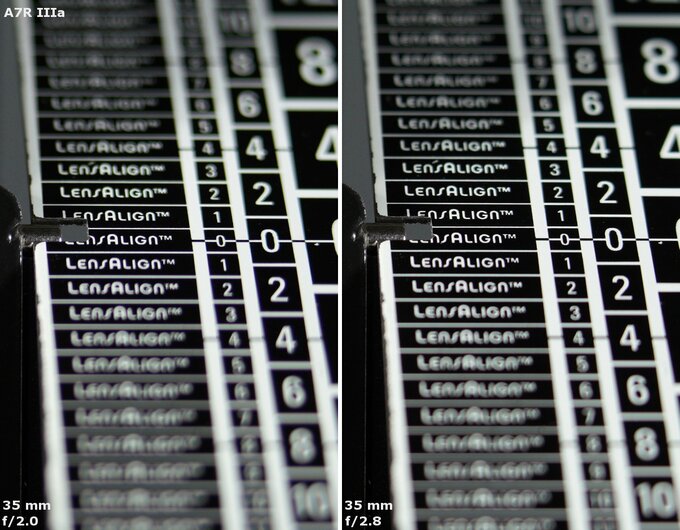 |
Please Support UsIf you enjoy our reviews and articles, and you want us to continue our work please, support our website by donating through PayPal. The funds are going to be used for paying our editorial team, renting servers, and equipping our testing studio; only that way we will be able to continue providing you interesting content for free. |
- - - - - - - - - - - - - - - - - - - - - - - - - - - - - - - - - - - - - - - - - - - - - - - -
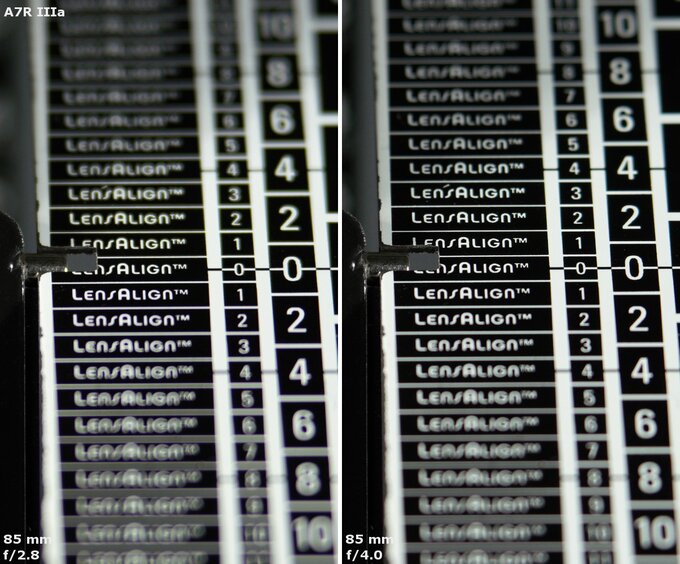 |
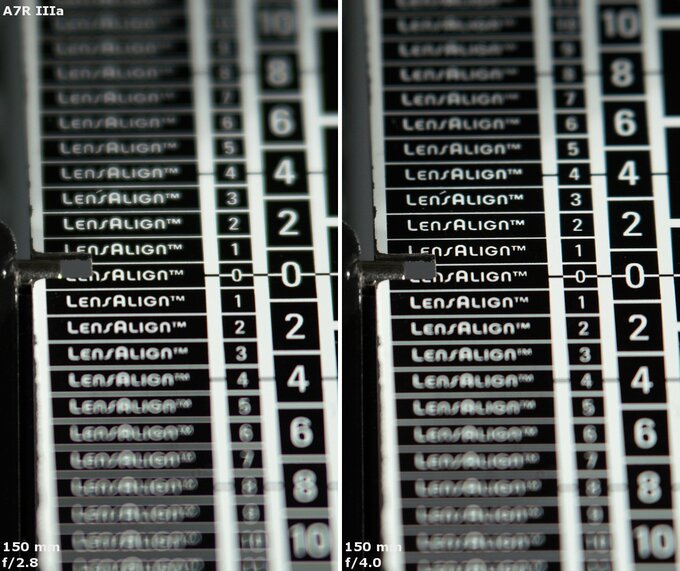 |
Now let's check the level of lateral chromatic aberration – graphs below show the performance of the lens in this category respectively for the edge of the APS-C detector and full frame.
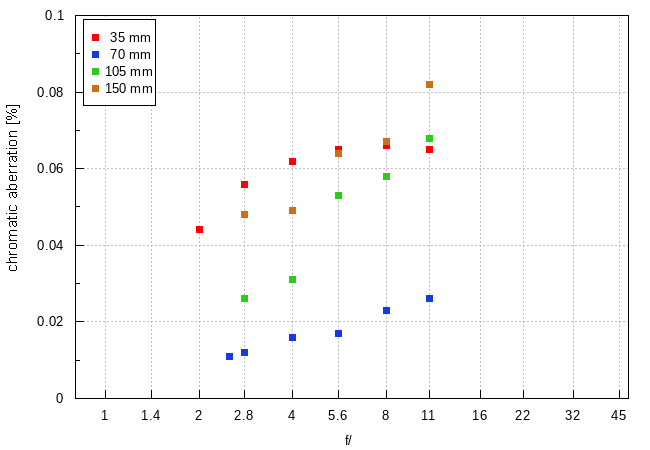
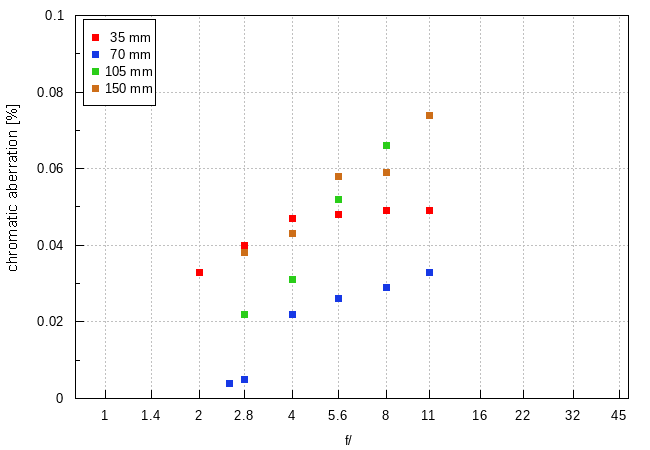
It wasn't an accident that the 70 mm focal length dominated when it came to the image quality on the edge of the frame because, as you can see, at this place lateral chromatic aberration is corrected the best. No matter what aperture you apply its level remains always negligible.
Also there are no visible problems at 35 and 105 mm focal lengths. Aberration level increases along with stopping down but never exceeds low level. In similar tone you can describe the maximum focal length, apart from significantly stopped down apertures where the lens reaches lower parts of medium levels.
Overall you can say that the Tamron lens deals well with correction of both variants of chromatic aberration. It is an achievement worth our praise, especially if you take into account original parameters of the tested lens.
| A7R IIIa, RAW, 70 mm, f/2.5 | A7R IIIa, RAW, 150 mm, f/11.0 |
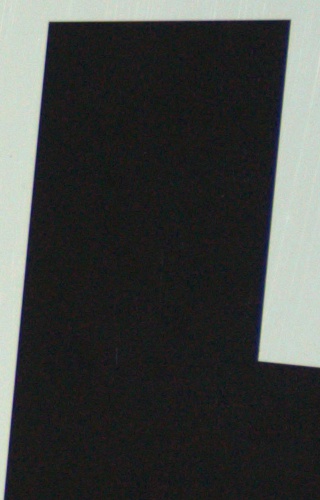
|
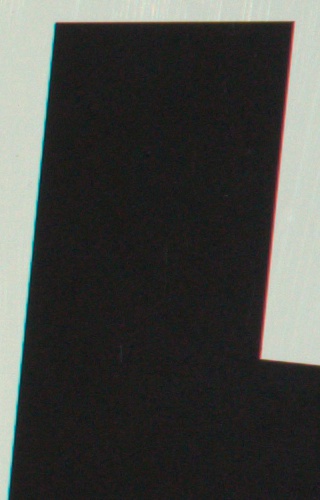
|
Spherical aberration
In first photos of this chapter you can notice a slight shift of depth of field towards greater distances after stopping down the aperture by 1 EV for any focal length you care to examine. Additionally images of defocused circles of light positioned before and behind the focus show that in one case we deal with a distinctly brighter rim and in the second – lack of it. Both these occurences suggest that the Tamron 35-150 mm didn't manage to correct spherical aberration in a perfect way.
| A7R IIIa, 35 mm, f/2.0, przed | A7R IIIa, 35 mm, f/2.0, za |
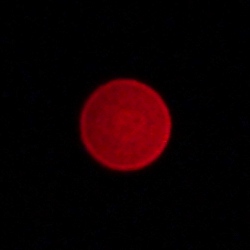
|
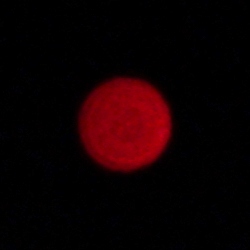
|
| A7R IIIa, 85 mm, f/2.8, przed | A7R IIIa, 85 mm, f/2.8, za |
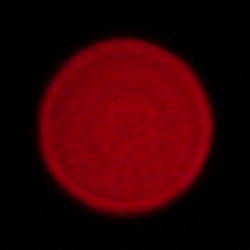
|

|
| A7R IIIa, 150 mm, f/2.8, before | A7R IIIa, 150 mm, f/2.8, after |
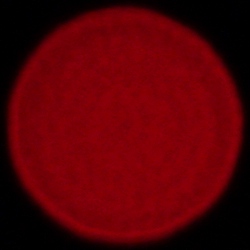
|
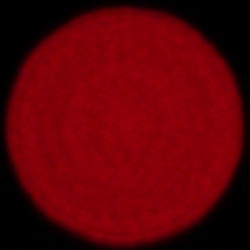
|






